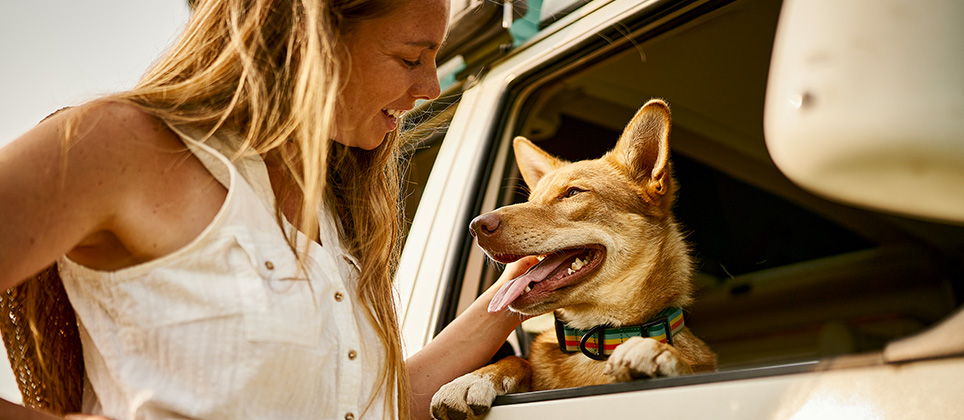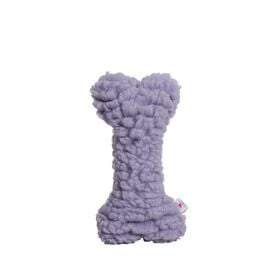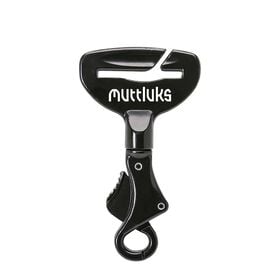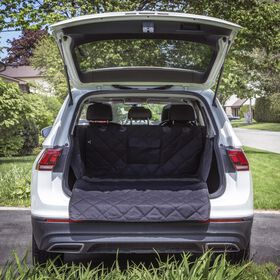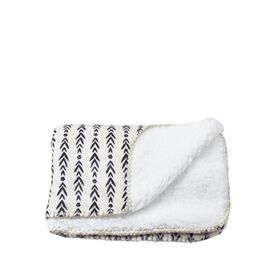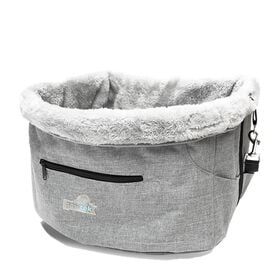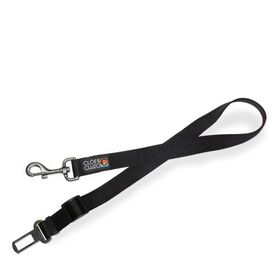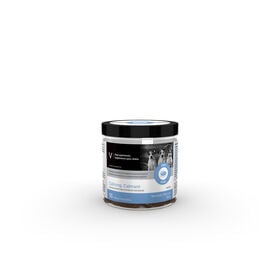You probably think that all dogs like to ride in cars, right? Unfortunately, car rides can be a nightmare for some dogs and, consequently, for their owners. The following are a few tips for travelling with your dog.
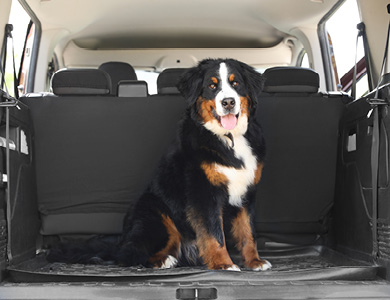
Getting a puppy used to the car
The best option is to get your dog used to the car when he's young. The secret is short frequent exposure. A puppy that’s being socialized must be regularly exposed to a car to avoid developing a fear of it. However, just riding around with your puppy is not enough to create a positive association.
You’ll need to put a cozy blanket, a stuffed animal and a chew toy in the car. Also, make sure that your dog is always in the same spot and have someone by the dog’s side for comfort whenever possible.
Recognizing your dog's stress
The following behaviours are often observed in dogs that are anxious in cars.
Signs to watch out for:
- Barks or whines
- Wants to be close to you
- Refuses to get in the car
- Tries to get out of the car
- Sheds a great deal
- Has a panicked look
- Has all the symptoms listed in the motion sickness section
In cases where the fear is too intense, a veterinarian can prescribe medication and recommend a dog behaviour specialist to help develop a desensitization plan.
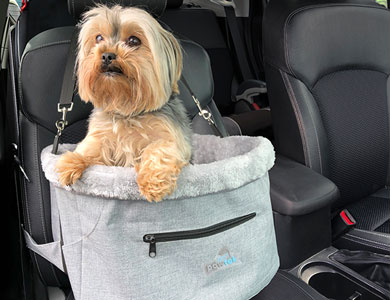
Motion sickness in dogs
Like humans, some dogs suffer from motion sickness.
Signs to watch out for:
- Excessive drooling
- Panting
- Whining
- Vomiting
- Pacing
Your veterinarian can prescribe medication, but never give your dog medication without your vet’s approval. Keep the car cool, have someone by your dog’s side and avoid heavy meals at least 2 hours before travelling.
How can you help your dog?
Depending on the intensity of the symptoms, there are several tools available to calm your dog. Note that recommendations for puppies and animals that suffer from motion sickness also apply to dogs with car anxiety.
- Play calm music in the car (music for dogs, like classical or reggae music, see Mondou's playlist)
- Create a relaxing comfort zone (a blanket and a toy that the dog really likes)
- Spray natural products on the dog’s car blanket or bandana
- Use a vest, which hugs the dog’s body and can help manage its stress
For a safe trip
By establishing safe habits that take your pet into account, you will be confident behind the wheel and your dog will be more relaxed.
What does the law say?
Section 442 of the Highway Safety Code specifies that an animal must not obstruct your view or interfere with your driving. It therefore goes without saying that a dog should never ride loose in a vehicle or sit on your lap while you’re driving.
The front passenger seat can also be dangerous if your car has a front air bag, which could seriously or fatally injure your dog in an accident. Dogs are still often seen with their head sticking out the window to make the most of the trip. It is preferable to leave the window slightly open to keep the dog from sticking its head out and prevent it from being hit by a flying object, or even another car.
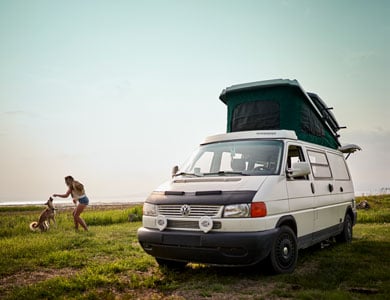
The right equipment
There are two safe places in a vehicle: the back seat or the trunk, provided, of course, that it opens onto the passenger compartment. There are a number of products available to secure your dog, depending on its size and age.
Whether you choose a harness, a car leash, a travel crate, a basket or even a gate, you will avoid a great deal of stress regarding your pet’s safety, as well as your own. In a car accident, your pet’s body will act like a projectile, with its body weight multiplied by 20 on impact. Consider an 18-kg (40-lb) Australian shepherd, for example. On impact, that weight amounts to approximately 360 kg (800 lbs), which could be directed toward you if the animal is not safely and effectively secured.
Voilà! You now have all the information you need to make great roadtrips with your dog! Enjoy the ride!
